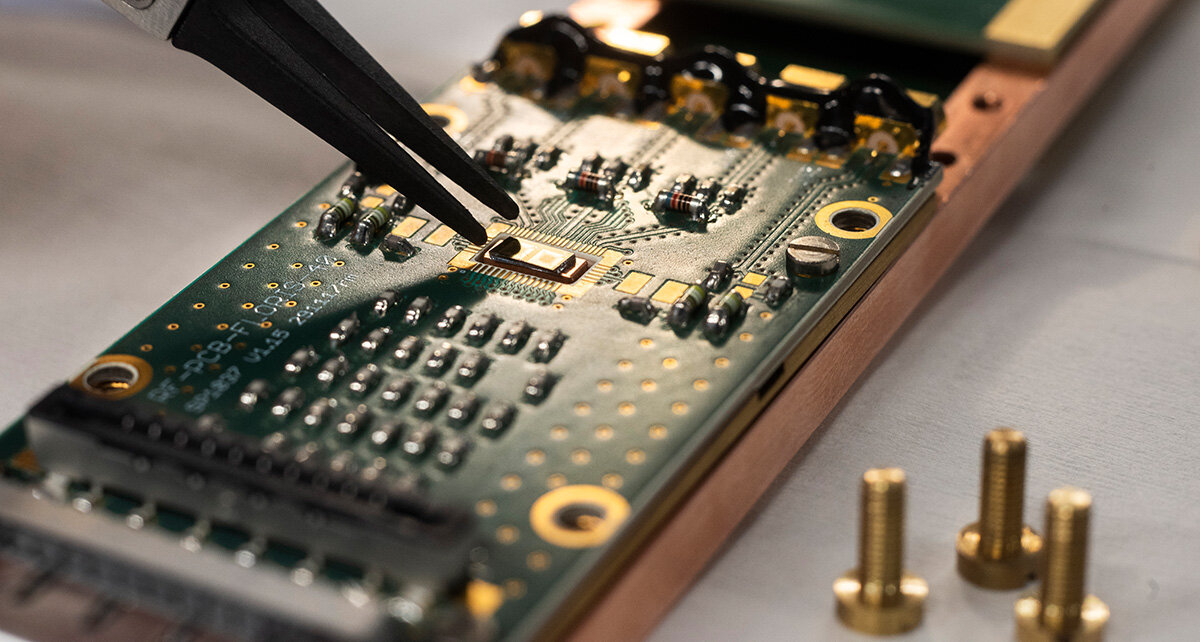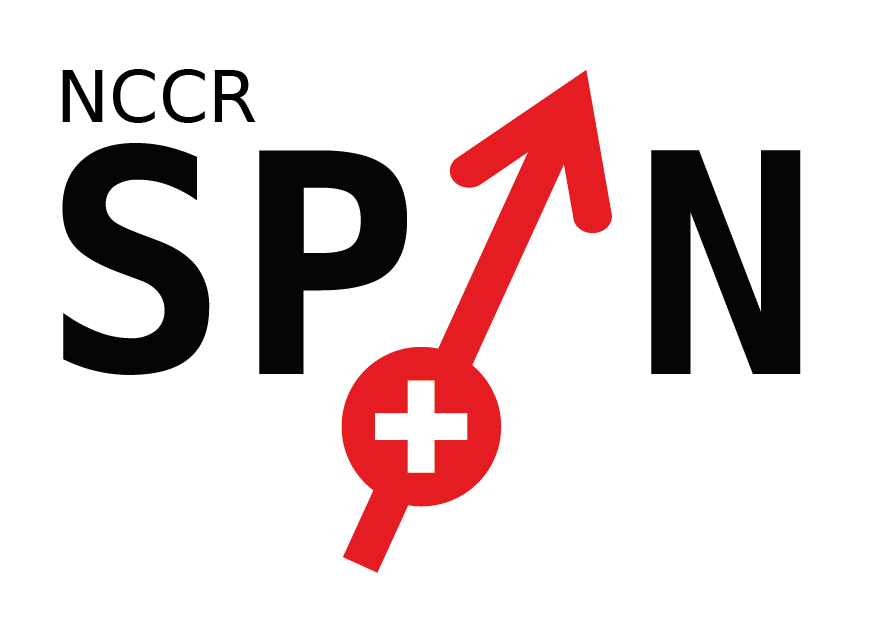
Current Research
A quantum computer will be able to solve important problems which are intractable with a classical computer. To be useful, a quantum computer should consist of millions of interconnected quantum bits, qubits, and should operate at clock speeds similar to those of classical computers. To be practical, this complexity can be advantageously engineered onto a chip, in which case the qubits should be both small and fast. Building a quantum computer represents a grand challenge of our time. While few qubit devices already exist, a universal quantum computer remains a distant prospect. Scalability is a major issue, and with existing approaches, upscaling from few qubits to many is a very hard nut to crack.
A Grand Challenge of Our Time.
A quantum computer will be able to solve important problems which are intractable with a classical computer. To be useful, a quantum computer should consist of millions of interconnected quantum bits, qubits, and should operate at clock speeds similar to those of classical computers. To be practical, this complexity can be advantageously engineered onto a chip, in which case the qubits should be both small and fast. Building a quantum computer represents a grand challenge of our time. While few qubit devices already exist, a universal quantum computer remains a distant prospect. Scalability is a major issue, and with existing approaches, upscaling from few qubits to many is a very hard nut to crack.
Increased Computational Power
A conventional computer, operating with the rules of classical rather than quantum physics, is built from silicon integrated circuits. Computational power has increased by reducing the size of each transistor, the bits, and by packing them more and more densely on-chip. The technology has a mind-blowing capability: billions of fully operational transistors are integrated onto a square inch of silicon. The gate length of the transistors has reduced in size year-on-year and is now below 10 nm, well and truly in the nano-domain.
The ultimate goal of NCCR SPIN is to develop small, fast and scalable quantum bits and quantum interconnects such that wafer-scale quantum circuits can be fabricated by the semiconductor industry. There are presently many ways of defining qubits in silicon and connecting them together. Generally speaking, the initial goal of the first phase of NCCR SPIN is to investigate and assess critically the myriad options with a view to establishing the most promising routes forward.
The Main Vision
The main vision is to control single spins in silicon with electrical means. The two spin states of an electron, the up and down states, represent the logical states of the qubit; the electron is confined on the nano-scale. These spin states are protected from much of the noise in the silicon host. Fast control of individual spins can be achieved with electrical pulses via a spin-orbit interaction. The spin-orbit interaction is either inherent (hole spin) or synthetic (electron spin in a magnetic field gradient). It also allows neighbouring spins to be coupled together electrically via superconducting resonators or floating gates. The specific aim of the first phase of the project is to develop the silicon spin qubits and spin-spin coupling strategies.
Rapid Progress & Commercial Possibilities
State-of-the-art CMOS devices are now small enough that operation as spin qubits is on the immediate horizon. However, there are many parameters and the optimum design for quantum applications is unknown. To make progress rapidly, a key pillar of the NCCR SPIN is to investigate quantum devices fabricated by state-of-the-art CMOS technology. These devices match the size and performance of the very best industrial devices and are compatible with wafer-scale production yet can be produced quickly in our own cleanrooms. This provides a powerful route to engineer and optimize complex silicon devices for quantum circuits on a fast timescale.
We shall create quantum circuits in silicon, the most powerful and versatile semiconductor. We aim to have a major influence on the development of the quantum computer. This in turn will have an impact on the development of chemistry, molecular biology, materials science and physics, also machine learning and optimization. Quantum computing is an emergent theme which will throw up many commercial possibilities both in hardware and software.
Industrial Partner
Our approach is to combine all the skills needed to make progress in this area: materials science, condensed matter physics, engineering and computer science, with a deep link between theoretical and experimental work. A crucial aspect is that expertise in state-of-the-art CMOS technology is largely the preserve of the silicon industry. In order to lever this expertise for the development of “quantum circuits” in silicon we include an industrial partner, IBM, at the outset. IBM Research Europe is the ideal partner: it is a research lab where work of an exploratory nature can take place; the facilities are truly outstanding. The team covers all the bases in this complex endeavour, all at a very high level. By working on this project, we shall establish a strong base in Switzerland in the area of quantum computing.
The project has a cutting-edge and interdisciplinary character in a burgeoning area of contemporary science. On this basis it represents a very fertile field for young researchers to develop a career both in academia or in industry. NCCR SPIN offers a full programme of activities by which young researchers can be supported and thereby flourish. Promoting Equal Opportunities is a key pillar of these activities.

